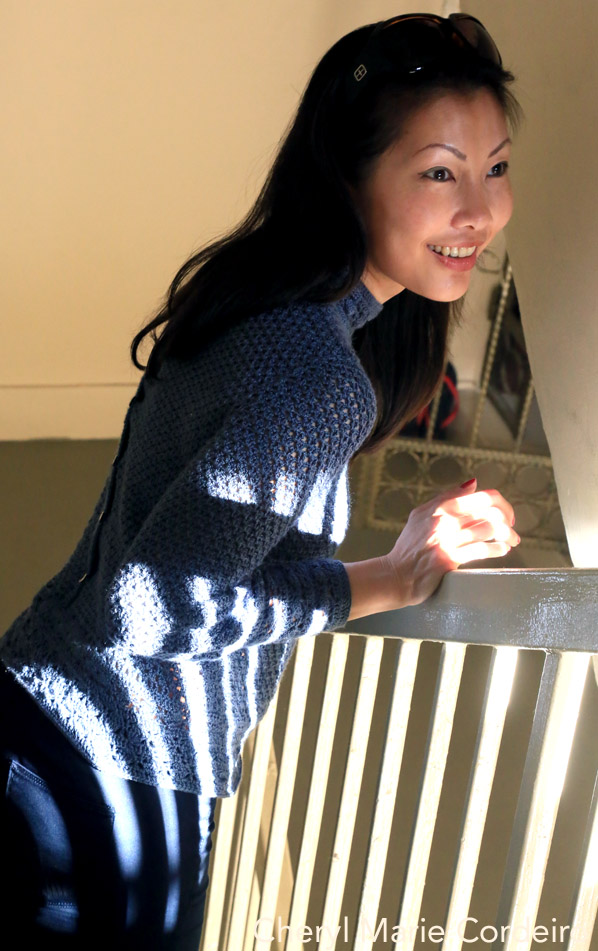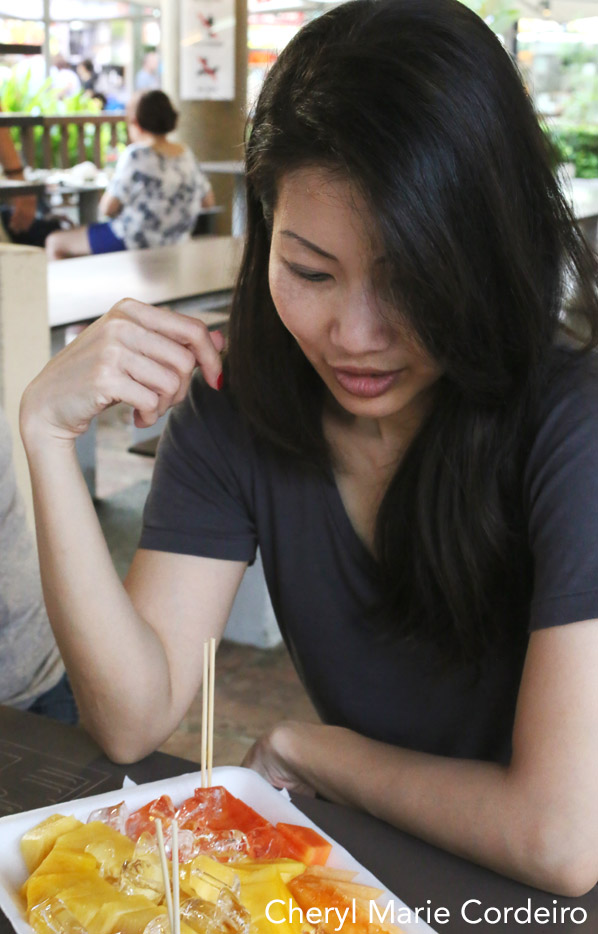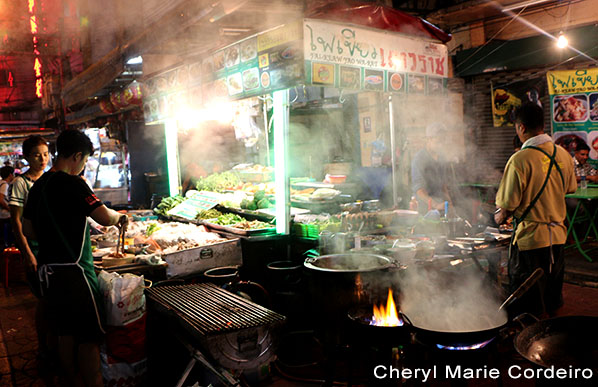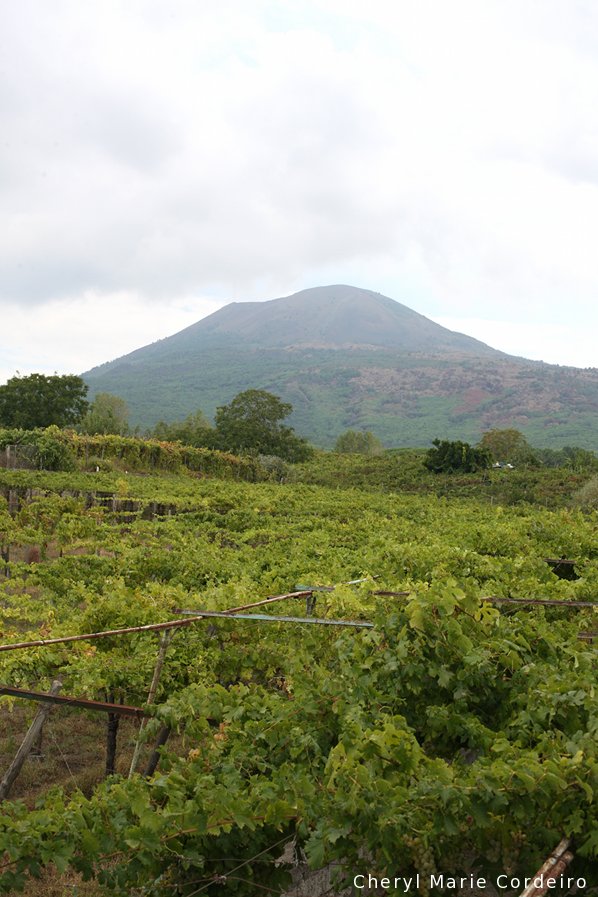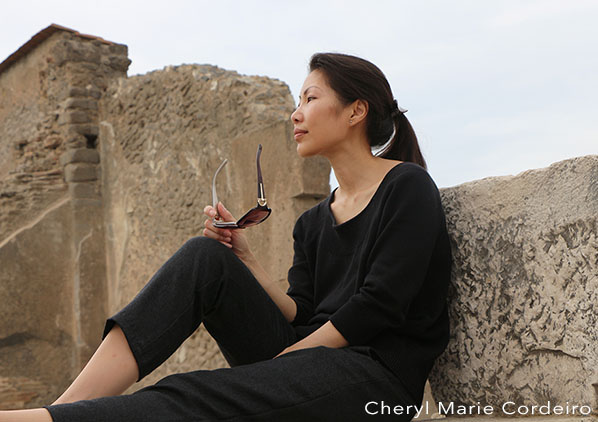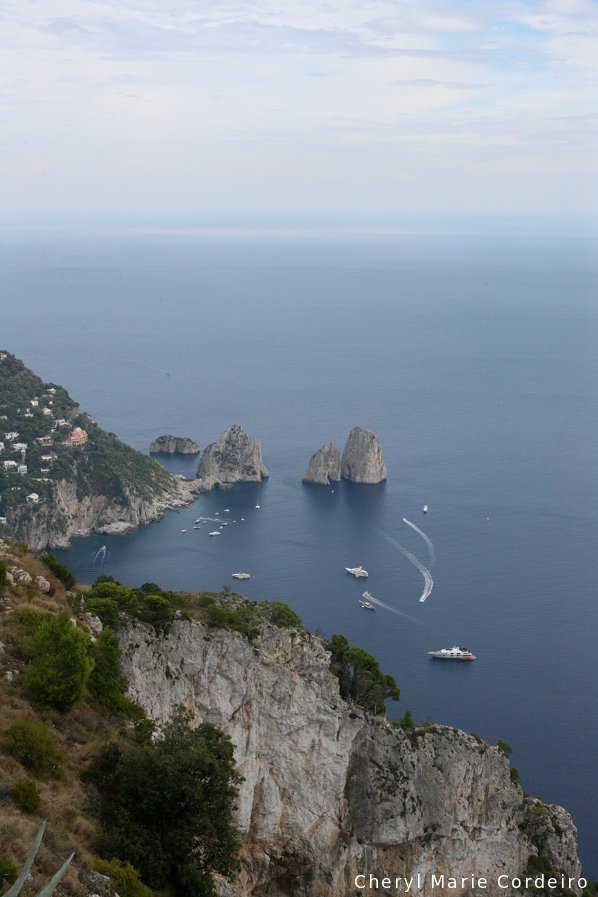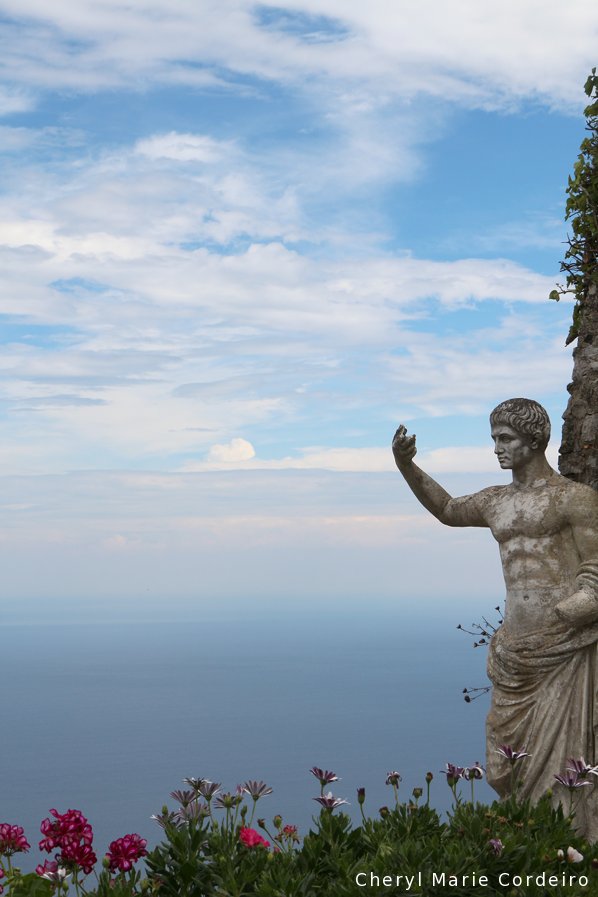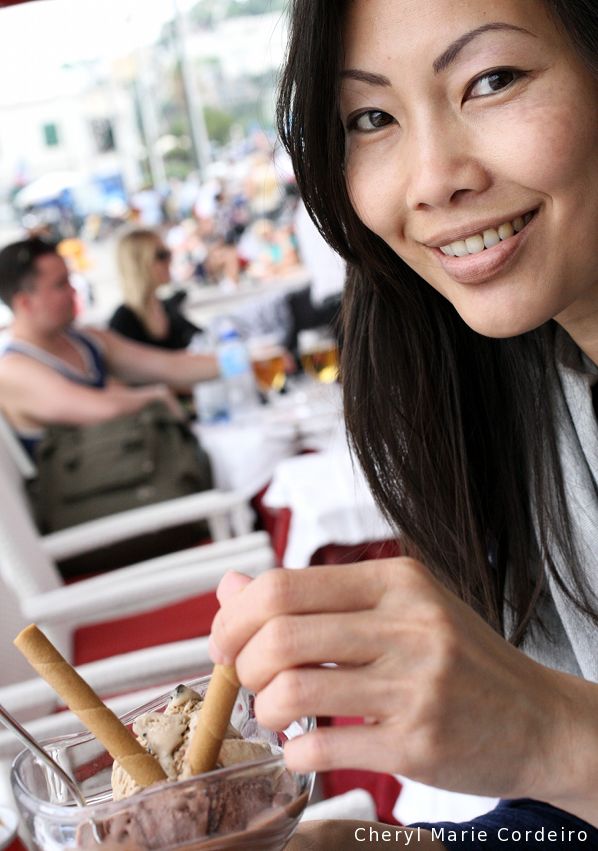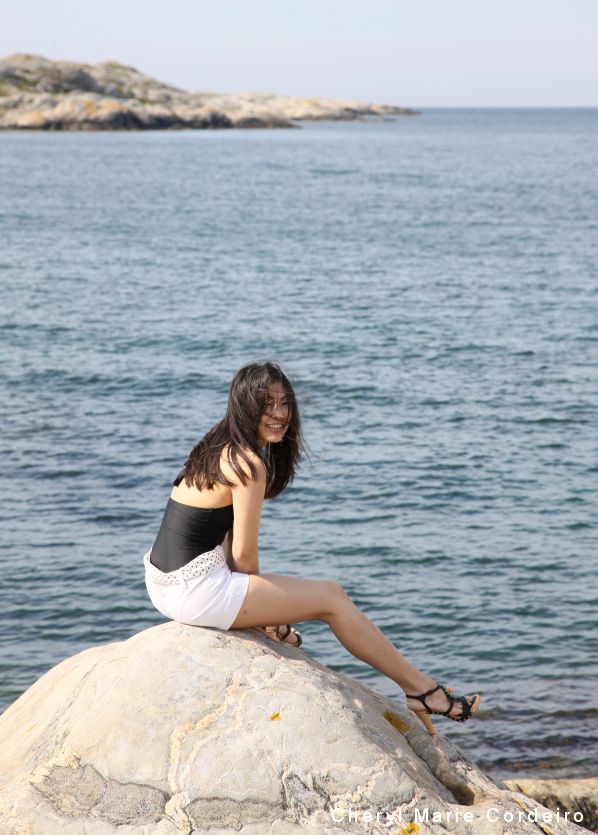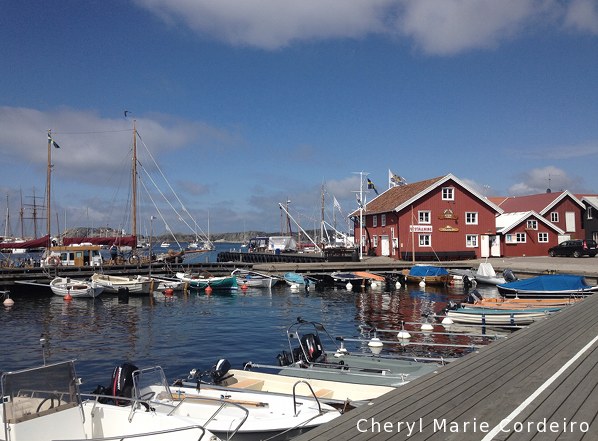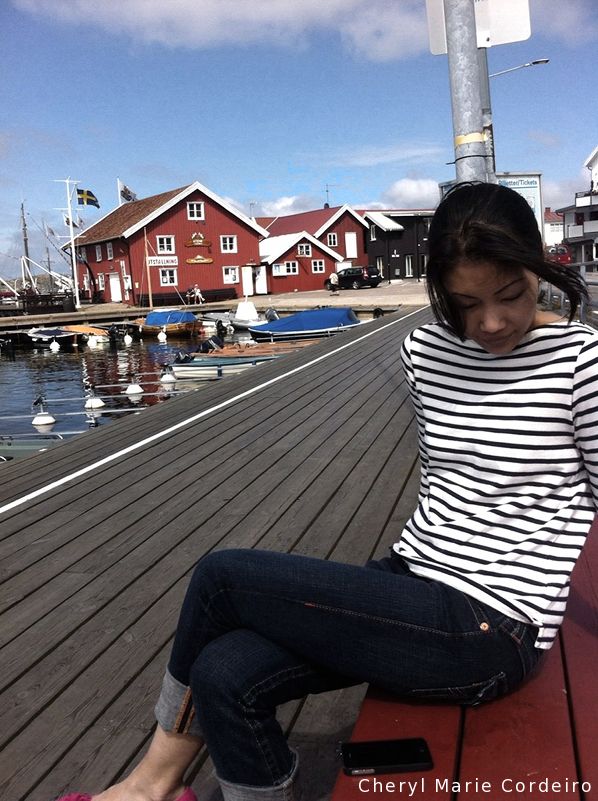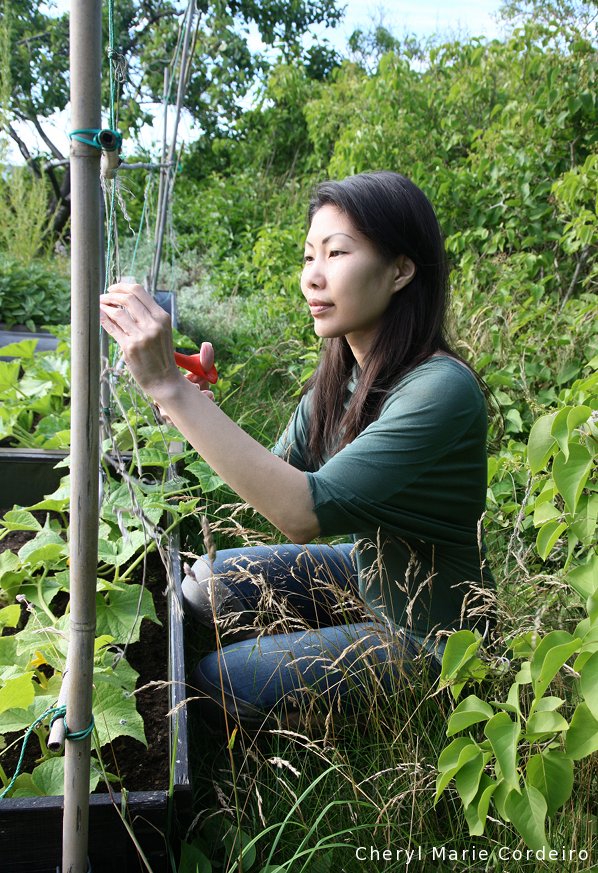In a 1970s design crochet bell-sleeved top made by my mother, Rita Yong Cordeiro. A small, high-gloss finish wood table with two accompanying chairs standing in the lift landing area of this HDB corridor was what caught my eye. On the table, a tiny glass vase filled with plastic carnations in red.
Text & Photo © JE Nilsson, CM Cordeiro, Sweden 2016
I remember his hands firmly gripping me around my ribcage, under my arms, then lifting me decidedly over two square tiles. He landed me unceremoniously unto a tidied space in the apartment and then went about working again. I was about four years old, and wondered how come he could not just have asked me to hop over two square tiles. The man was a construction worker who was at the time, halfway through tiling the floor to the living room. That was one of the earliest memories I have of watching my parents’ new home, their first Singapore government built HDB (Housing and Development Board) flat come to life. Although not literally the “final stage of [their] housing ladder” [1:195] it was however, a confirmation of a fairly secure economic status reached for our small family, Continue reading “Personalised kampong spaces, Singapore 2016”
